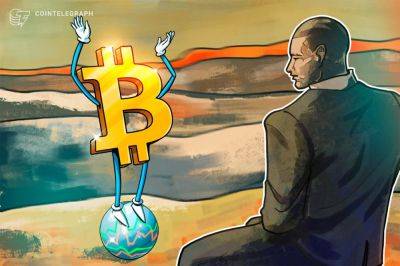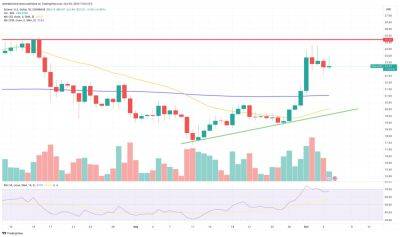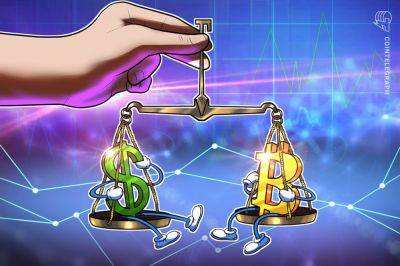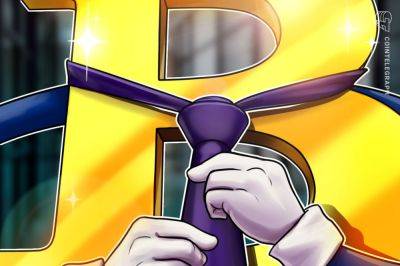Bitcoin’s inflation-hedge theory tested as rising interest rates bring turbulence to markets
The U.S. economy has been facing turbulent times lately, with the U.S. personal consumption expenditure (PCE) inflation index rising by a significant 3.5% over the past 12 months. Even when excluding the volatile food and energy sectors, it's evident that the efforts made by the U.S. Federal Reserve to curb inflation have fallen short of their 2% target rate.
U.S. Treasuries have lost a staggering $1.5 trillion in value, primarily due to these rate hikes. This has led investors to question whether Bitcoin (BTC) and risk-on assets, including the stock market, will succumb to heightened interest rates and a monetary policy aimed at cooling economic growth.
As the U.S. Treasury keeps flooding the market with debt, there's a real risk that rates could climb even higher, exacerbating the losses to fixed-income investors. An additional $8 trillion in government debt is expected to mature in the next 12 months, further contributing to financial instability.
As Daniel Porto, the head of Deaglo London, pointed out in remarks to Reuters:
Porto's comments resonate with a growing concern in financial circles—a fear that the central bank might tighten its policies to the point where it causes severe disruptions in the financial system.
One of the primary drivers behind the recent turmoil in financial markets is the rise in interest rates. As rates increase, the prices of existing bonds fall, a phenomenon known as interest rate risk or duration. This risk isn't limited to specific groups; it affects countries, banks, companies, individuals and anyone holding fixed-income instruments.
The Dow Jones Industrial Index has experienced a 6.6% drop in September alone. Additionally, the yield on the U.S. 10-year bonds climbed to 4.7% on Sept. 28,
Read more on cointelegraph.com






















